
Daniele Milvio
Works

Daniele Milvio, Radio Mestizia, 2025, China ink on canvas, aluminum frame, 90 3/4 x 103 1/8 in, 230.5 x 262 cm

Daniele Milvio, Il sogno di Coleridge, 2025, Wood, two-way mirror, mirror, lighting equipment, ink, cellophane, steel foil, 83 1/2 x 45 1/4 x 21 5/8 in 212 x 115 x 55 cm

Daniele Milvio, Il sogno di Coleridge, 2025, Wood, two-way mirror, mirror, lighting equipment, ink, cellophane, steel foil, 83 1/2 x 45 1/4 x 21 5/8 in 212 x 115 x 55 cm

Daniele Milvio, Untitled (ragnatela), 2025, China ink on canvas, aluminum frame, 51 3/8 x 82 5/8 in 130.6 x 210 cm
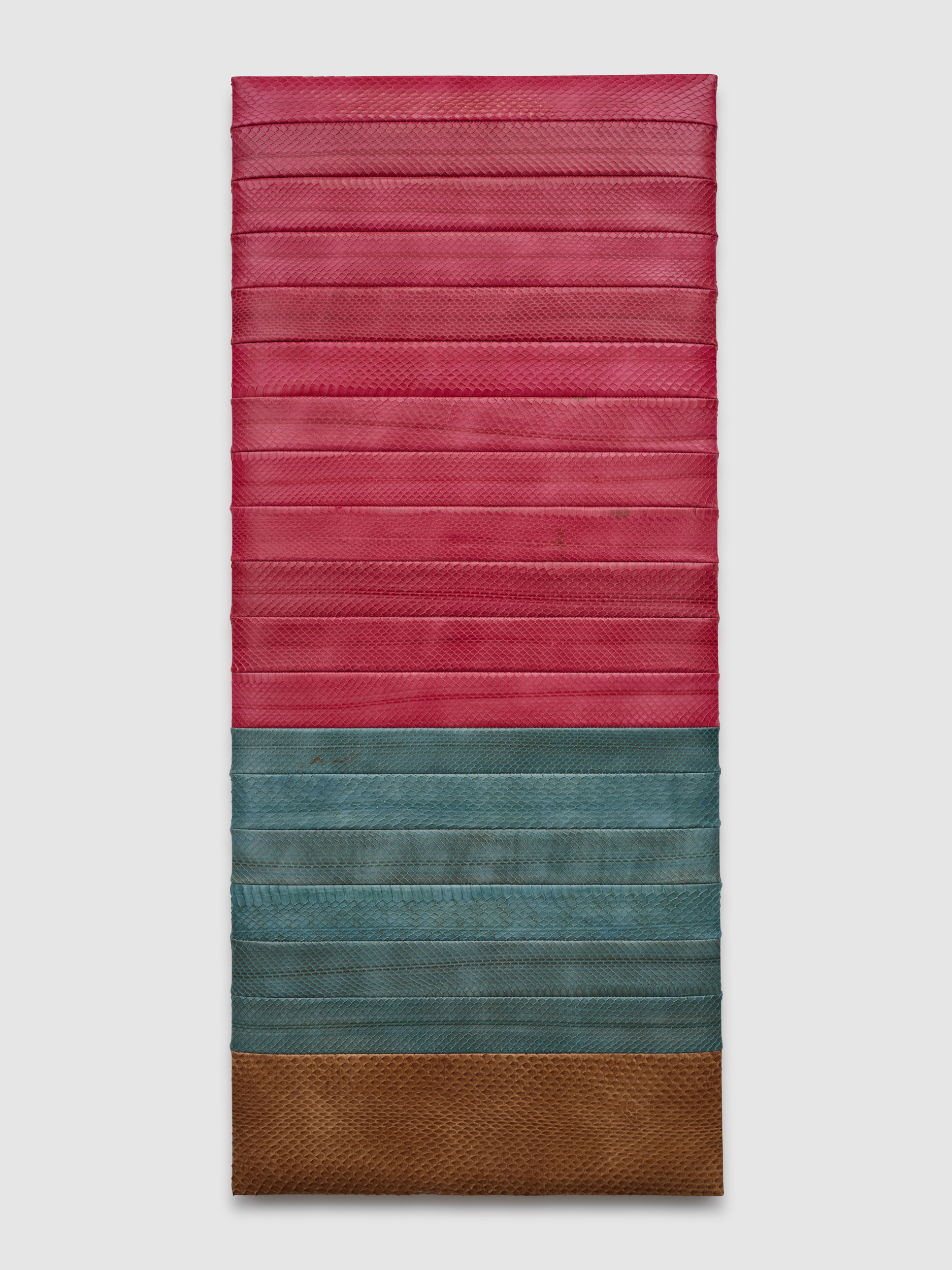
Daniele Milvio, Sonata Per Sola Mano Sinistra (Sonata for Left Hand Only), 2023, Dyed snakeskin (deadstock), 39 3/4 x 17 5/16 in 101 x 44 cm
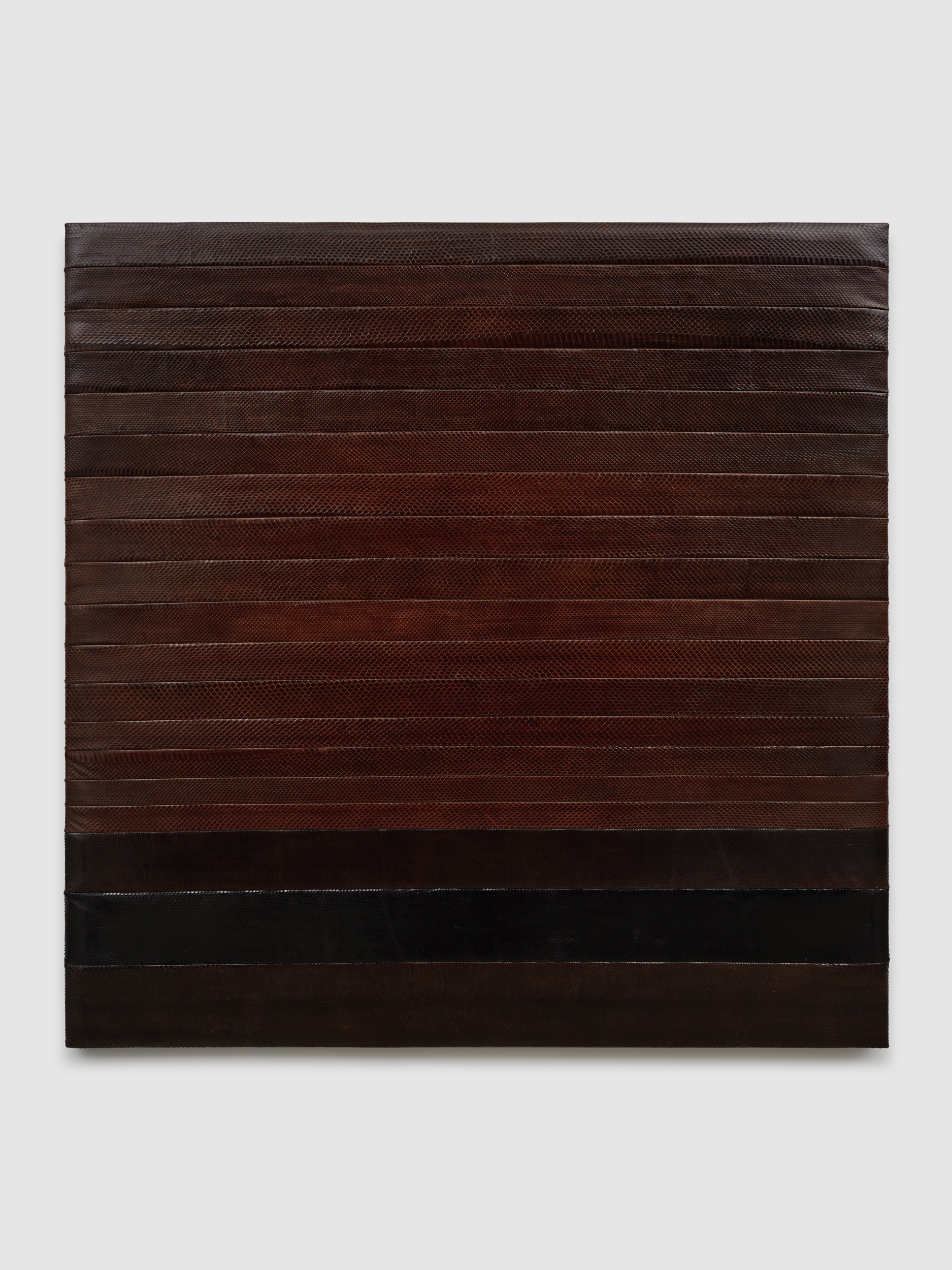
Daniele Milvio, P.A.I.C.A.P., 2023, Dyed snakeskin (deadstock), 49 3/16 x 49 3/16 in 125 x 125 cm
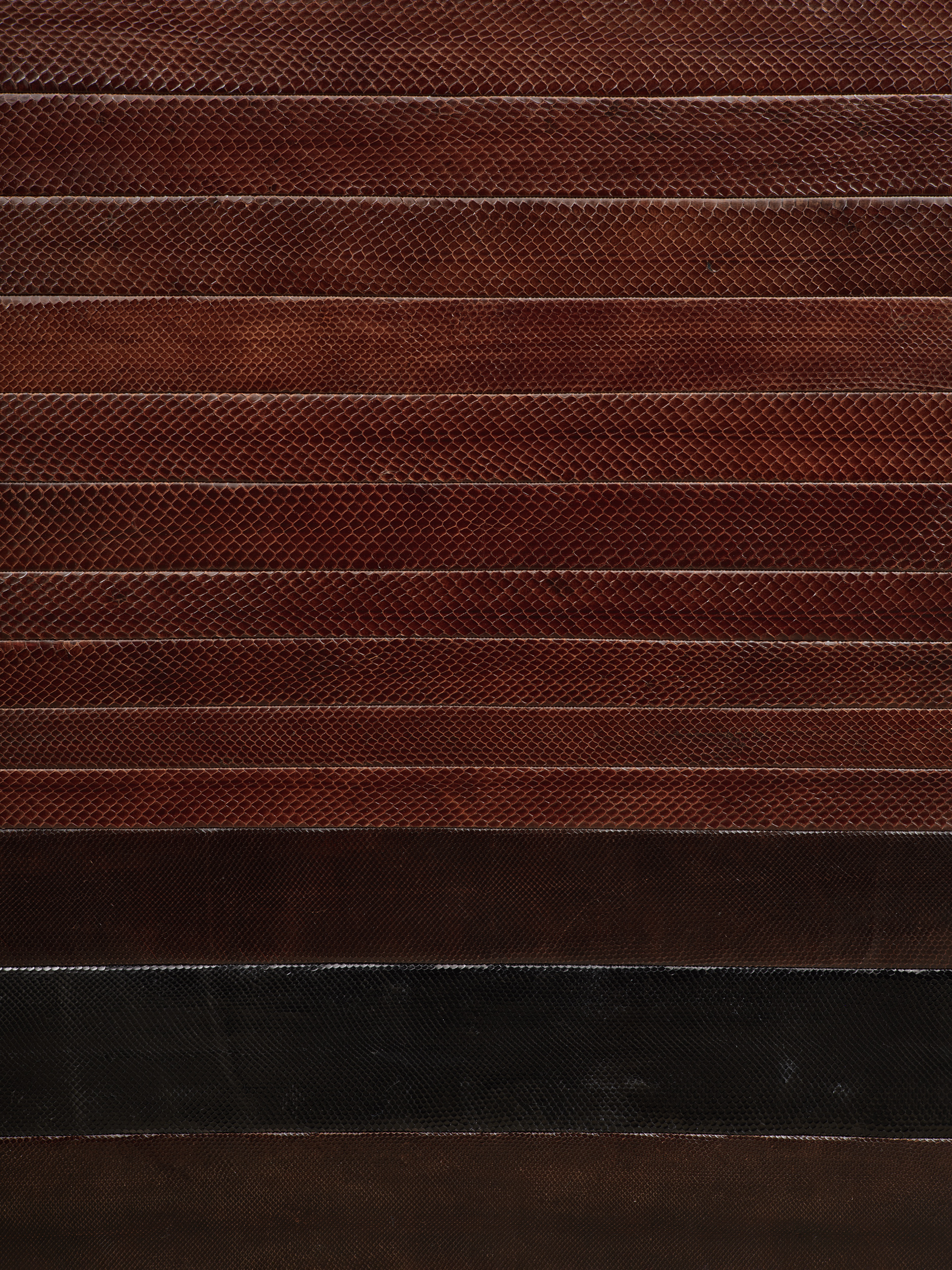
P.A.I.C.A.P., detail shot
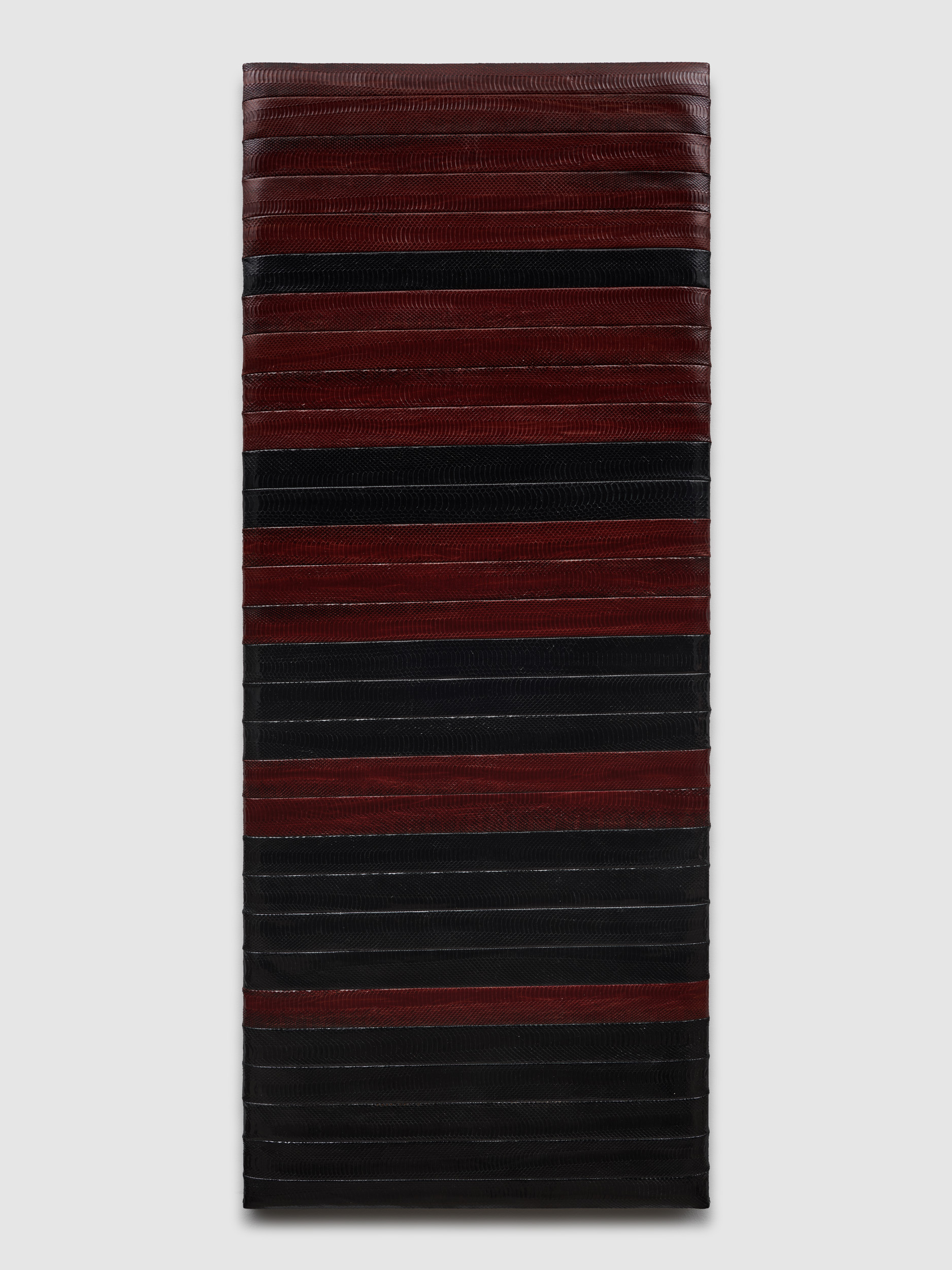
Daniele Milvio, Quello che ti serve non ci serve (We don't need what you need), 2023, Dyed snakeskin (deadstock), 48 13/16 x 19 11/16 in 124 x 50 cm
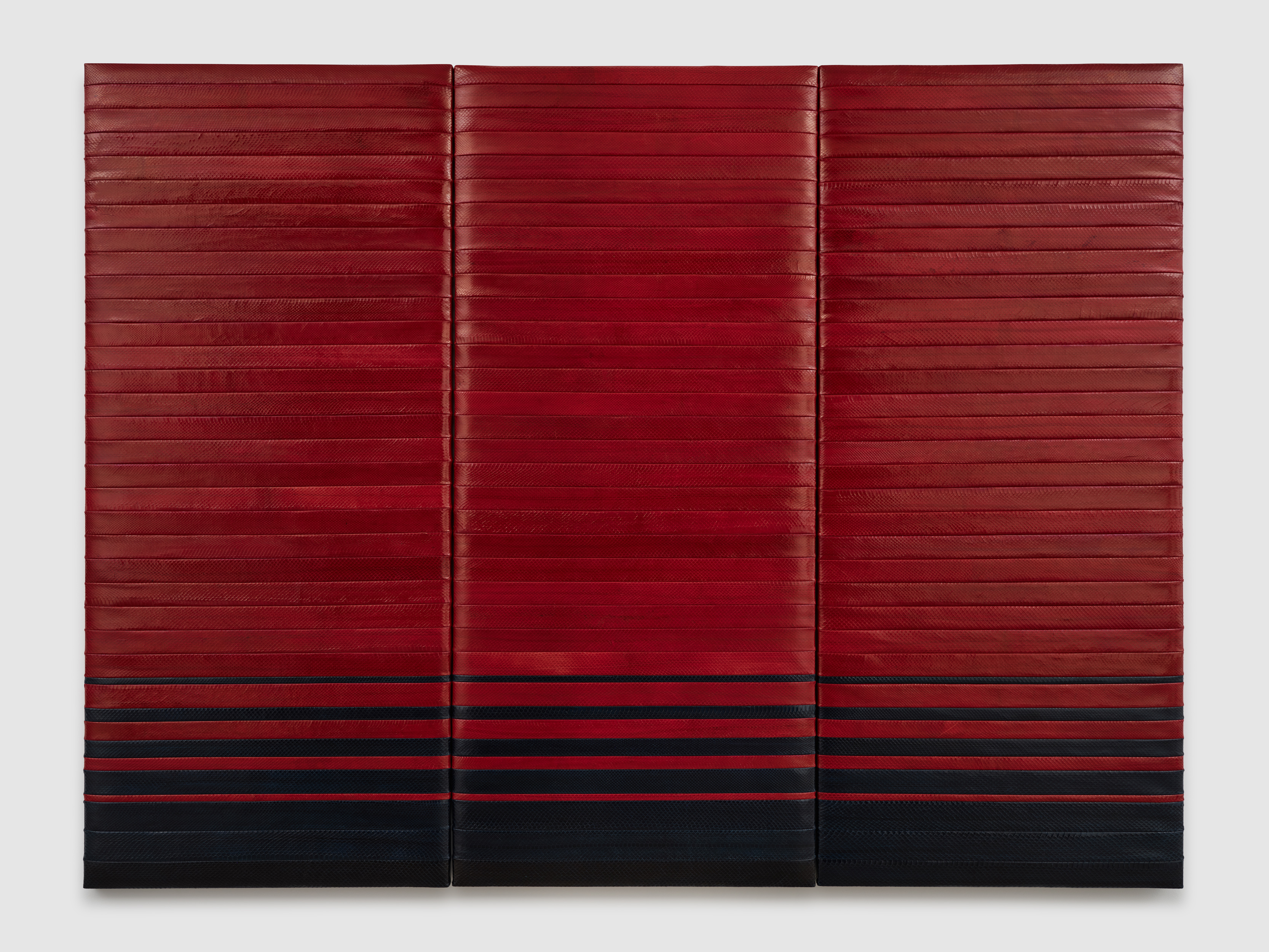
Daniele Milvio, La capostipide di sé (The forefather of itself), 2023, Dyed snakeskin (deadstock), 55 15/16 x 74 in 142 x 188 cm
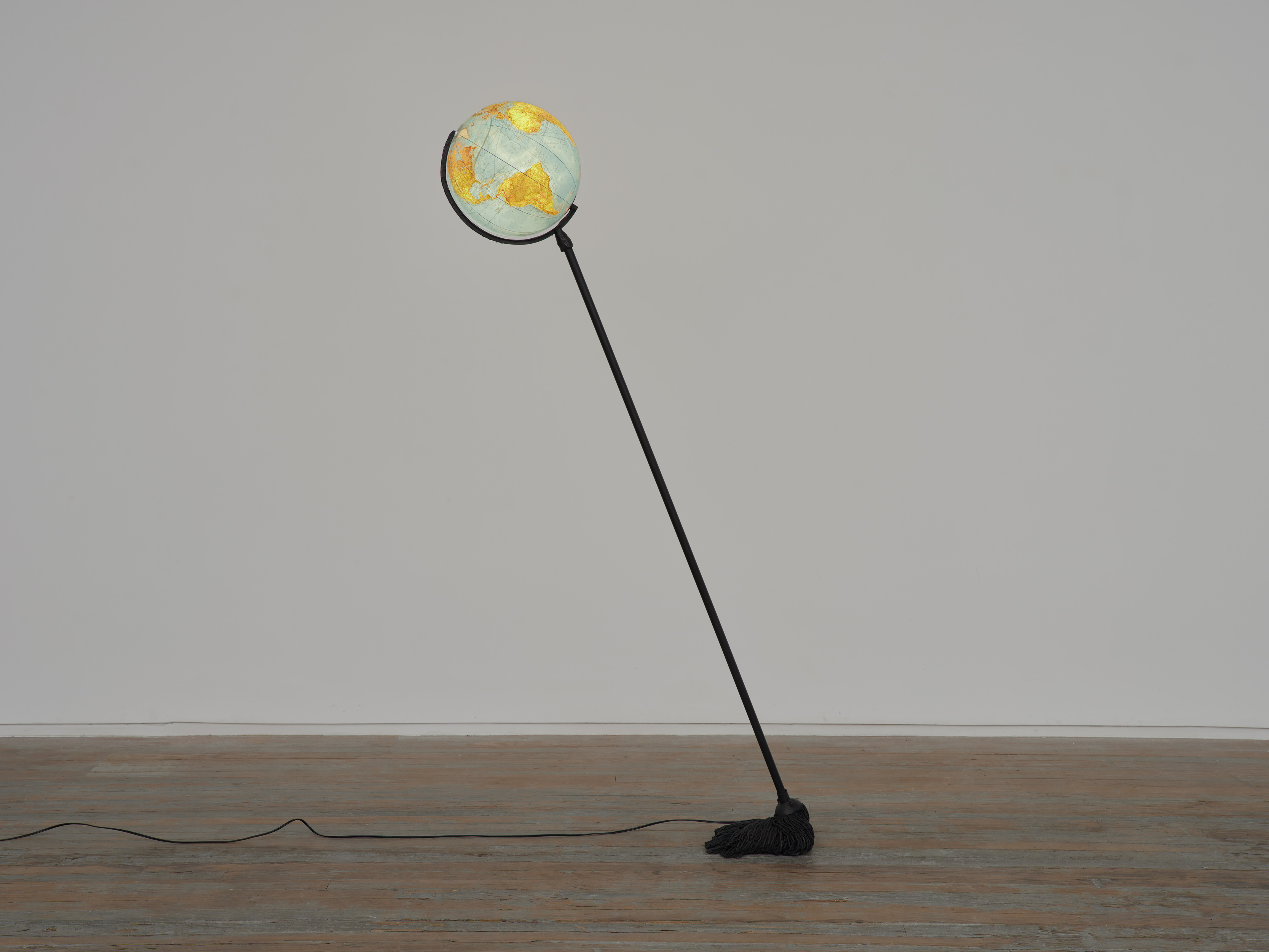
Daniele Milvio, Untitled, 2023, Illuminated globe on patinated bronze, 15 3/4 x 11 13/16 x 72 13/16 in 85 x 30 x 162 cm
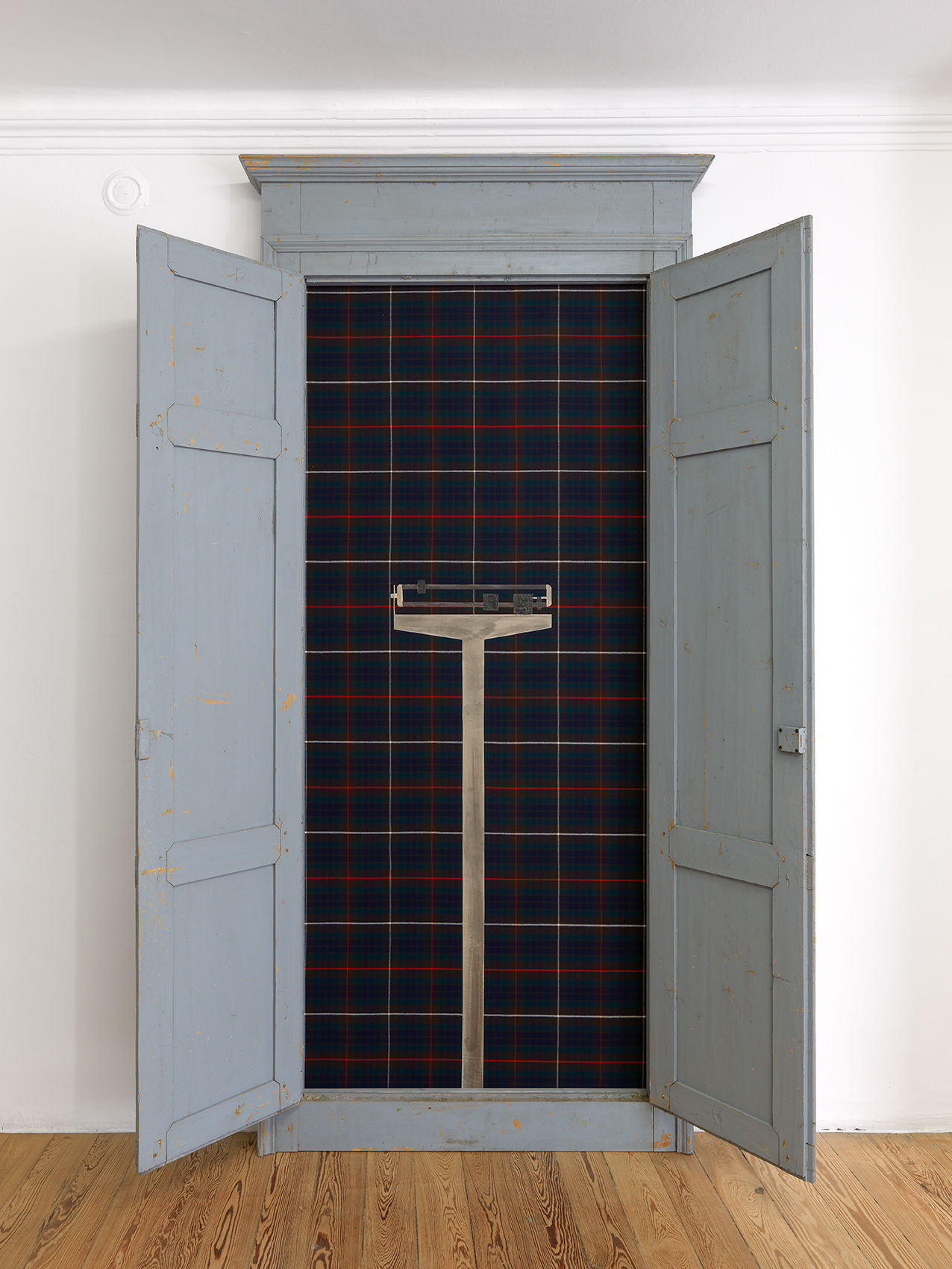
Daniele Milvio, Come un portinaio si fa sotto alla cuoca, 2018, Collage on wool, artist frame, 88 9/16 x 44 1/16 x 3 15/16 in, 225 x 112 x 10 cm